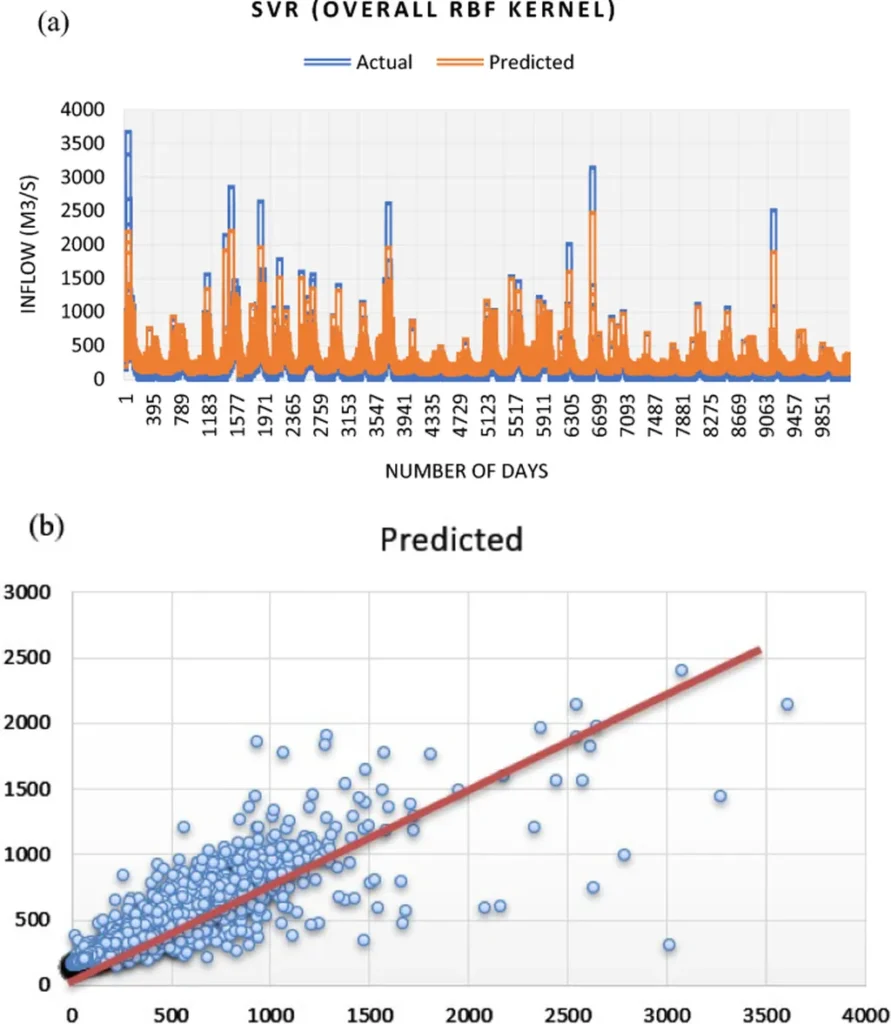In the heart of Iraq’s Kurdistan region, a groundbreaking study is reshaping how we predict soil temperature, a critical factor for sustainable agriculture, energy generation, and ecological research. Meysam Alizamir, a researcher at the Institute of Research and Development, Duy Tan University in Da Nang, Vietnam, has led a pioneering investigation into the use of advanced deep learning models to forecast subterranean thermal conditions.
Alizamir and his team evaluated various deep learning models to predict soil temperature at different depths across two climate monitoring stations, Darbandikhan and Chamchamal. The study, published in the journal *Engineering Applications of Computational Fluid Mechanics* (translated as “Engineering Applications of Computational Fluid Mechanics”), highlights the potential of these models to revolutionize soil temperature prediction, offering significant benefits for the energy sector and beyond.
The research assessed seven different observational scenarios, each with varying input variables, to identify the most influential predictive factors. The findings revealed that hybrid deep learning models, which combine different neural network architectures, outperformed traditional methods. For instance, at the Chamchamal station, the BiGRU-CNN model achieved the best results for the 05 cm depth with an RMSE of 1.298°C, while the GRU-CNN model excelled at 10 cm with an RMSE of 1.333°C. Deeper soil layers also saw impressive accuracy, with the LSTM-CNN model performing best at 100 cm with an RMSE of 1.171°C.
“These models demonstrate substantial potential as reliable tools for accurately estimating subsurface thermal conditions based on available parameters,” Alizamir explained. The implications for the energy sector are profound. Accurate soil temperature predictions can enhance geothermal energy systems, improve the efficiency of power generation, and support sustainable soil management practices.
At the Darbandikhan station, the BiLSTM-CNN model generated the most accurate predictions at 50 cm depth with an RMSE of 1.506°C, underscoring the versatility of these models across different depths and locations. The study’s results indicate that the proposed methodologies offer viable solutions for soil temperature forecasting, paving the way for more precise and sustainable energy solutions.
As the world grapples with climate change and the need for sustainable energy sources, this research provides a beacon of hope. By leveraging advanced deep learning models, we can better understand and predict soil temperature, ultimately supporting more efficient and environmentally friendly energy systems. Alizamir’s work not only advances our scientific understanding but also offers practical tools for industries reliant on accurate soil temperature data.
In a world where precision and sustainability are paramount, this research stands as a testament to the power of innovation and the potential of deep learning to transform our approach to soil management and energy production. As Alizamir and his team continue to refine these models, the future of soil temperature prediction looks brighter than ever.

